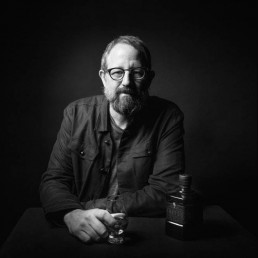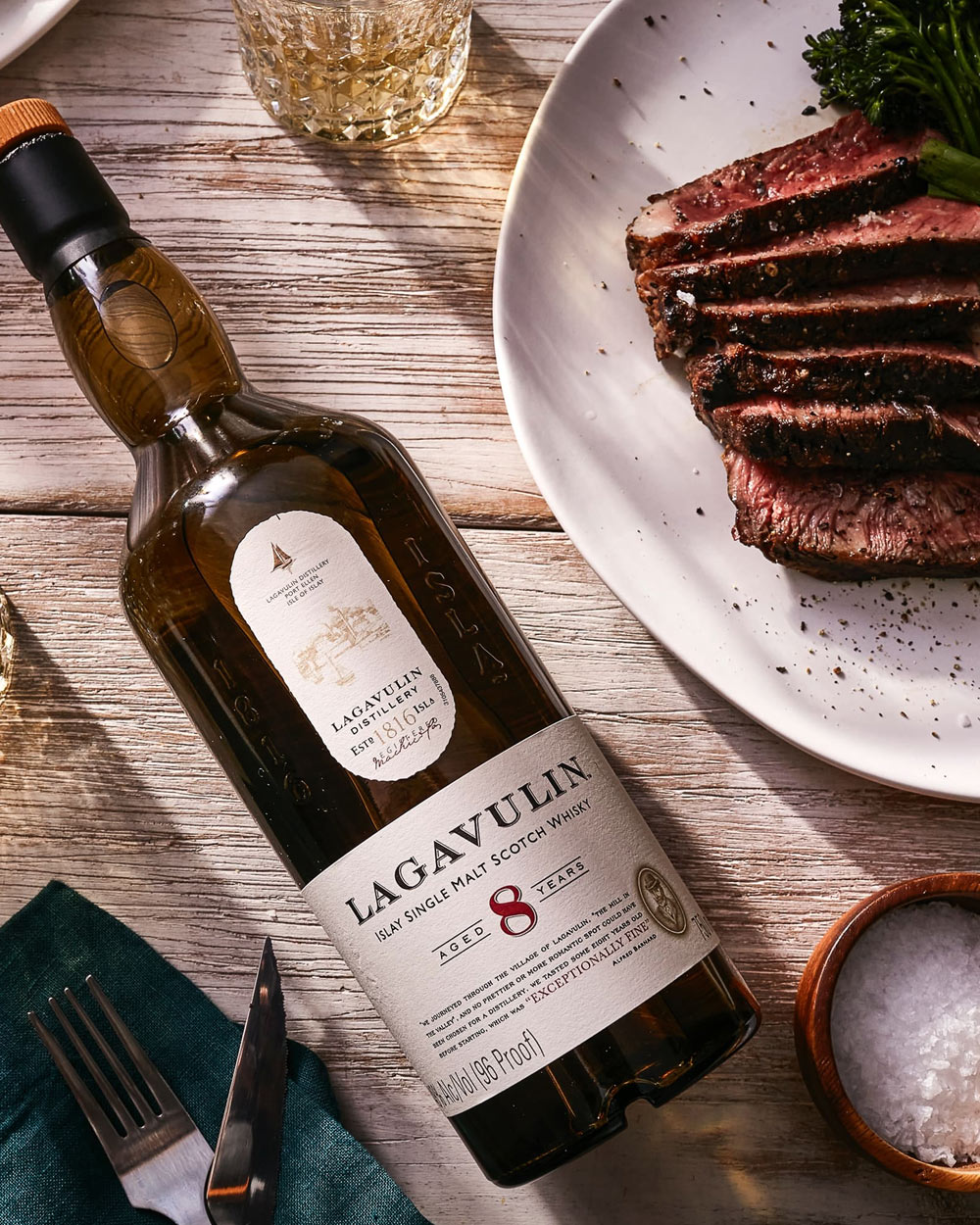There’s no question Scotland produces much of the world’s finest whisky stocks.
For this reason, there’s little incentive for the industry to evolve; it can hardly keep up with demand as it is. While Scotland has been distilling malt barley for over 500 years, a prolific American single malt industry is still in its infancy, and it’s exactly why this growing category is so much fun.
Unlike single malt Scotch, American distillers have no legal standards such as age requirements or still styles to adhere. For this reason, Americans have more freedom to explore, innovate, and find their own flavors. One producer who has embraced these freedoms as an opportunity to develop a unique style is Westland, in Seattle, Washington. Helmed by distiller Matt Hofmann, Westland has spent years experimenting with all manners of single malt innovation and prides themselves on setting themselves apart from their Scottish brethren.
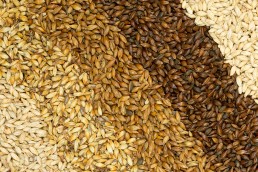
Grain Recipe
Scottish distillers rely almost exclusively on two-row malt barley to make whisky, a commodity grain selected for yield on the farm and efficiency in the malt house. At Westland, Hofmann employs a five-malt barley recipe. In addition to Washington-grown two-row barley pale malt, the mash is supplemented with four roasted “specialty” malts, commonly used in brewing beer. They introduce deep flavors like toasty notes and chocolate into the distillate instead of relying solely on the barrel. Westland is currently partnering with breeding and malting facilities in Washington to develop new barley varieties designed for whiskey, not beer.

Fermentation
The vast majority of Scotch whiskies use a commercial distillers yeast called an M strain. Like two-row barley, this yeast is bred for speed and efficiency. Westland chose Saison Belgian brewer’s yeast to make their single malt. The downside is having a five-day ferment instead of a standard three-day process for most single malt scotch. For Hofmann, it’s worth the additional time and expense as the Saison Belgian yeast procure high esters, contributing to Westland’s intense citrus and clove signature flavors.
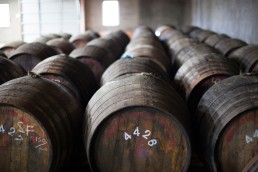
Maturation
Scotland relies on ex-bourbon casks and occasionally sherry to age most of their whiskey. Westland follows a Japanese aging model of maturing stocks in a variety of barrel types. In addition to ex-bourbon, new American oak, sherry, wine, and Madeira casks are also employed to create Westland’s range of single malts. This provides Hofmann a tapestry of flavors to choose from during the blending process. Westland has also launched their Garryana Series, single malts matured in a native species of oak that is definitely not used in Scotland.
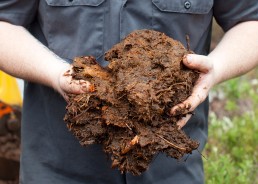
Embracing Terroir
The idea of terroir in spirits is hotly debated in whiskey circles. Skeptics believe the distillation process strips spirit-specific local flavor characteristics, and proponents argue the opposite. While provenance is an important and legitimate part of Scotch whisky culture, teasing terroir in grains is, in most cases, not possible since price-driven barley is predominantly imported. Westland is wholly invested in exploring the effects of Pacific Northwest terroir on whiskey. Since 2016, Westland has been sourcing peat from a bog out on the Olympic Peninsula to flavor their malt. Their first release is slated for January 2023.
John McCarthy is a spirit, travel, and lifestyle journalist, managing editor, and author of The Modern Gentleman and Whiskey Rebels: The Dreamers, Visionaries & Badasses Who Are Revolutionizing American Whiskey. McCarthy is also editor of Barleycorn Drinks and Director of Judging of the John Barleycorn Awards.
